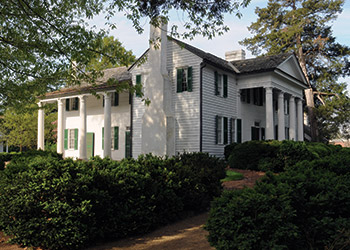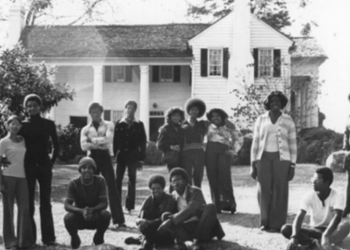The Clemson story | History
Clemson was founded in 1889 through a bequest from Thomas Green Clemson, a Philadelphia-born, European-educated engineer, musician and artist who married John C. Calhoun’s daughter, Anna Maria, and eventually settled at her family plantation in South Carolina. A longtime advocate for an agricultural college in the Upstate, Clemson left his home and fortune to the state of South Carolina to create the institution that bears his name.
In November 1889, Gov. John Peter Richardson signed a bill accepting Clemson’s gift, which established the Clemson Agricultural College and made its trustees custodians of Morrill Act and Hatch Act funds, federally provided for agricultural education and research purposes by federal legislative acts.
Initially an all-male, all-white military school, Clemson Agricultural College opened in July 1893 with 446 students. Clemson became a coeducational, civilian institution in 1955. In 1963, with the admission of Harvey Gantt, Clemson became the first traditionally white institution in South Carolina to desegregate since Reconstruction. With academic offerings and research pursuits, the institution became Clemson University in 1964.





